
Jean-François Dieterich (left) with Sassan Behnam-Bakhtiar at the Villa Cuccia-Noya.
The south of France, home to Matisse, Cézanne and Van Gogh, has one of the greatest artistic legacies in the world. Now the mayor of one of its most exclusive communities wants to create a cultural heritage for the next generation, as Lanie Goodman discovers
“I am made of all that I have seen,” French artist Henri Matisse once famously stated. The grand master of colour certainly got an eyeful during his lifetime of world travels. But when Matisse first arrived on the Côte d’Azur in 1917, he was so taken with the sunlit vistas of luxuriant gardens, graceful palms and the shimmering blue sea that he decided to settle in the south of France for the rest of his life. The artist’s love of plants extended to a philosophical perspective on all living things. “We ought to view ourselves with the same curiosity and openness with which we study a tree, the sky or a thought, because we too are linked to the entire universe,” Matisse muses in his writings.
For over a century, European crowned heads, artists and writers have flocked to the south of France to create their own private Eden, and predictably, the 2.48 sq km commune of Saint-Jean-Cap-Ferrat – a lush secluded peninsula of seaside splendour midway between Nice and Monaco – has a rich history of outstanding artistic effervescence.
Follow LUX on Instagram: luxthemagazine
These days, the town’s mayor, Jean-François Dieterich, is aiming to revive the cultural excitement with a contemporary art exhibition – with about 15 works in total – of French-Iranian artist Sassan Behnam-Bakhtiar to inaugurate the beautifully restored Villa Namouna, Saint-Jean-Cap-Ferrat’s brand new cultural space. This initiative is part of an ongoing programme to revive the once celebrated artistic enclave in the commune by showcasing living artists of international renown. “I find that the approach of Behnam-Bakhtiar – who has found serenity, joie de vivre and sources of inspiration through the outstanding natural landscapes of this peninsula – has a certain continuity with the artists of the 50s,” Dieterich says. “But he also has his own contemporary abstract technique and a rich palette of colours.”
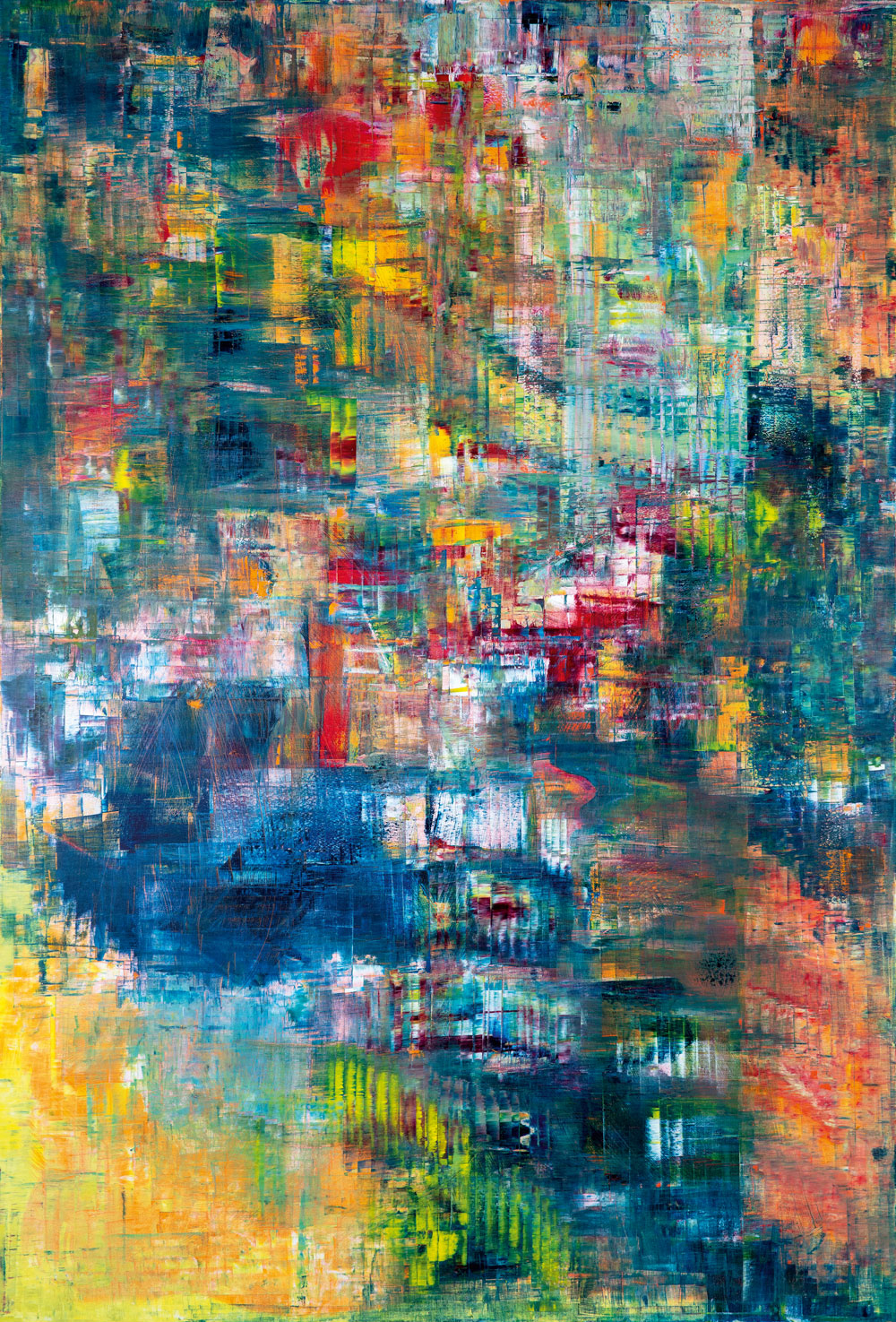
My Tree of Life (2019–20) by Sassan Behnam-Bakhtiar.
For the 36-year-old artist, Sassan Behnam-Bakhtiar, who now lives and works in Saint-Jean-Cap-Ferrat, the timeless Mediterranean landscape has had a profound effect on his point of view and his palette, much like Matisse. “My art has definitely changed since I moved here in 2010,” he says. “Although the technique I used, peinture raclée, was similar to now, a lot of the works were dark.”
Above all, explains Behnam-Bakhtiar, Saint-Jean-Cap-Ferrat has been a grounding force. “This place gave me a new life and something that helped me to become a more complete, balanced human being. It has helped me cope with everything that has happened to me. I shifted my whole focus on things that are truly valuable, such as the dormant energy that exists inside us and our connection to nature.”
Read more: Discovering Deutsche Bank’s legendary art collection
We are at Behnam-Bakhtiar’s studio, situated on an upper floor of a white villa on the Cap. The room is ablaze with colour, a mesmerising assembly of large abstract canvases, stacked one behind the other and propped against the wall; in the centre of the room is the artist’s working space, a table littered with tubes of paint and a scraper. From the window, you gaze out at a palm tree, a verdant garden and patches of sea.
The show, entitled ‘Rebirth’, will debut with a one-day private viewing of 35 new paintings held at Villa Cuccia-Noya, a sumptuous waterfront estate owned by distinguished businessman, philanthropist and art collector Basil Sellers. “What an enormous energy rises from his works,” Sellers enthuses, referring to Behnam-Bakhtiar’s latest canvases. “I was astounded.”

Blue Soul Groove (2019) by Sassan Behnam-Bakhtiar
Energy is indeed the very term Behnam-Bakhtiar uses to describe the palpable vibrancy of landscapes that he tries to capture in his paintings. Under the umbrella of the rebirth theme, the artist will also unveil two public installations – one on the Cap and the other in the village. It will be a first for the community in terms of public artwork – one of the works will be a lightweight but huge wrought-iron sculpture in which three suspended figures of a man, woman and child look as if they have sprung from the earth. As Behnam-Bakhtiar explains, the idea of the work is to convey “harmonious living with nature”, something which he feels should be transmitted to future generations.
The Paris-born artist, whose previous exhibitions include ‘Oneness Wholeness’ at London’s Saatchi Gallery in 2018 and at a Christie’s Middle Eastern, Modern and Contemporary Art exhibition in London in 2019, spent his formative years in Tehran during the Iran-Iraq war. Articulate, calm and soft-spoken, Behnam-Bakhtiar briefly alludes to his imprisonment and torture but would rather speak about transformation. “My last exhibition, at the Setareh Gallery in Düsseldorf, Germany, was called ‘Extremis’ and it focused on all the hardcore experiences that happened in my past. For Saint-Jean, I wanted to do something that is the other side of the coin, to represent positivity and light.”
As you stand in front of his recent series of paintings, ‘Trees of Paradise’, the blended bright colours slowly conjure discernible shapes that “are part of the Cap Ferrat scenery”, Behnam-Bakhtiar says, urging me to touch the canvas. Despite the complex texture that meets the eye, the surface is surprisingly smooth. For inspiration, he adds, he often walks through a wooded section of the Cap, not far from the curvaceous Villa Brasilia, designed by architect Oscar Niemeyer.

Dieterich and Behnam-Bakhtiar at Saint-Jean-Cap-Ferrat’s town hall
“One painting may take me anywhere from five months to a year to finish,” he says, flashing a smile. “It takes a lot of time and patience.” Essentially, he explains, his process consists of painting, scraping, drying – hundreds of times – until he’s happy with the work. “When you know it’s right, you leave it. It just suddenly clicks for me.”
Whether mere coincidence or simply the glamorous allure of this privileged finger of land, a remarkable convergence of writers, artists, filmmakers and actors lived, worked and entertained on Cap Ferrat during the late 1940s and 1950s and the ‘dolce vita’ of the 1960s. Winston Churchill painted on the jetty undisturbed; Picasso sunbathed at the pool of Le Club Dauphin at the Grand-Hôtel du Cap-Ferrat. British writer W Somerset Maugham, in search of the simple life purchased a Moorish-style villa, La Mauresque, planted superb gardens and hosted everyone from artist Marc Chagall (who had a neighbouring home on the Cap Ferrat) to Noel Coward, George Cukor and Harpo Marx. Another illustrious resident was British actor David Niven, who lived in the villa La Fleur du Cap on the coastal Promenade Maurice Rouvier and often lent his home to his friend, Charlie Chaplin.
Read more: In the studio with radical artist Mickalene Thomas
“There were numerous films shot in Saint-Jean,” says mayor Dieterich. “There were also legendary actors and directors who spent time here, such as Gene Kelly, Gregory Peck, Rex Harrison, and Otto Preminger.” However, Cap Ferrat’s glorious artistic heyday revolved around the presence of two major figures: the Greek-born editor and publisher Efstratios Eleftheriades – known as Tériade – and poet, playwright, filmmaker and artist, Jean Cocteau.
In the postwar years, when the Côte d’Azur was a sun-drenched haven for artists, Matisse was a regular visitor to Saint-Jean-Cap-Ferrat where his friend and collaborator Tériade lived in the turquoise-shuttered Villa Natacha, overlooking the harbour. The influential editor of Verve, who had commissioned every major artist of his time to design covers for his magazine, brought together the likes of Bonnard, Balthus, Miró and Derain. As a mark of friendship, the frail 83-year-old Matisse designed a stained-glass window – a Chinese fish surrounded by begonias – for Tériade’s dining room and also painted the villa’s walls with black enamel plane trees.
During that same period, Cocteau lived in a white-washed seaside house, the Villa Santo Sospir, owned by patroness of the arts, Francine Weisweiller, who had fallen in love with the rugged beauty of the then deserted Cap Ferrat in 1948 and turned it into her dream home. Weisweiller met Cocteau in 1950 when she financed Les Enfants Terribles, the film he had written, and invited him to the villa for a few days. He ended up staying 11 years and decided to ‘tattoo’ the white walls with whimsical mythological frescos. The privately owned villa is currently under restoration to preserve Cocteau’s Greek gods and local fisherman, plus the bohemian jumble of Madeleine Castaing-designed exotic wood furniture and curtains as well as vintage bric-a-brac.

The Villa Cuccia-Noya
Behnam-Bakhtiar, who was contacted by the owners of Santo Sospir just prior to the villa’s temporary closure in 2017, was enchanted. “They wanted me to do a show. The energy there was unreal and I went there every day, for about four weeks, trying to take it all in.” His exhibition, ‘Oneness, Wholeness with Jean Cocteau’, consisted of 36 sculptures scattered about the villa and garden, as well as an audio installation with a dialogue between Cocteau and himself.
Does Behnam-Bakhtiar feel in sync with the spirit of his artistic predecessors? The artist pauses, gazing at one of his ongoing ‘Trees of Paradise’ canvases. “You know, I was looking online and stumbled across a video of Cocteau sitting at the same table of Santo Sospir. He’s addressing the people of the year 2000 and saying the same things I’ve been talking about now – about how we are losing our humanity and behaving like robots. It’s a real honour to continue in his footsteps and work with the mayor to help revive what used to be here.”
Nostalgia aside, call it a reawakening of a state of mind when it comes to beauty. Or, as Matisse aptly summed it up: “There are always flowers for those who want to see them.” And Sassan Behnam-Bakhtiar would be inclined to agree.
Benham-Bakhtiar’s exhibition ‘Rebirth’ will open with a private view at Villa Cuccia-Noya on 10 September 2020; the show will run at Villa Namouna from 11 September – 11 October 2020.
For more information visit: sassanbehnambakhtiar.com
This story was originally published in the Summer 2020 Issue, out now.

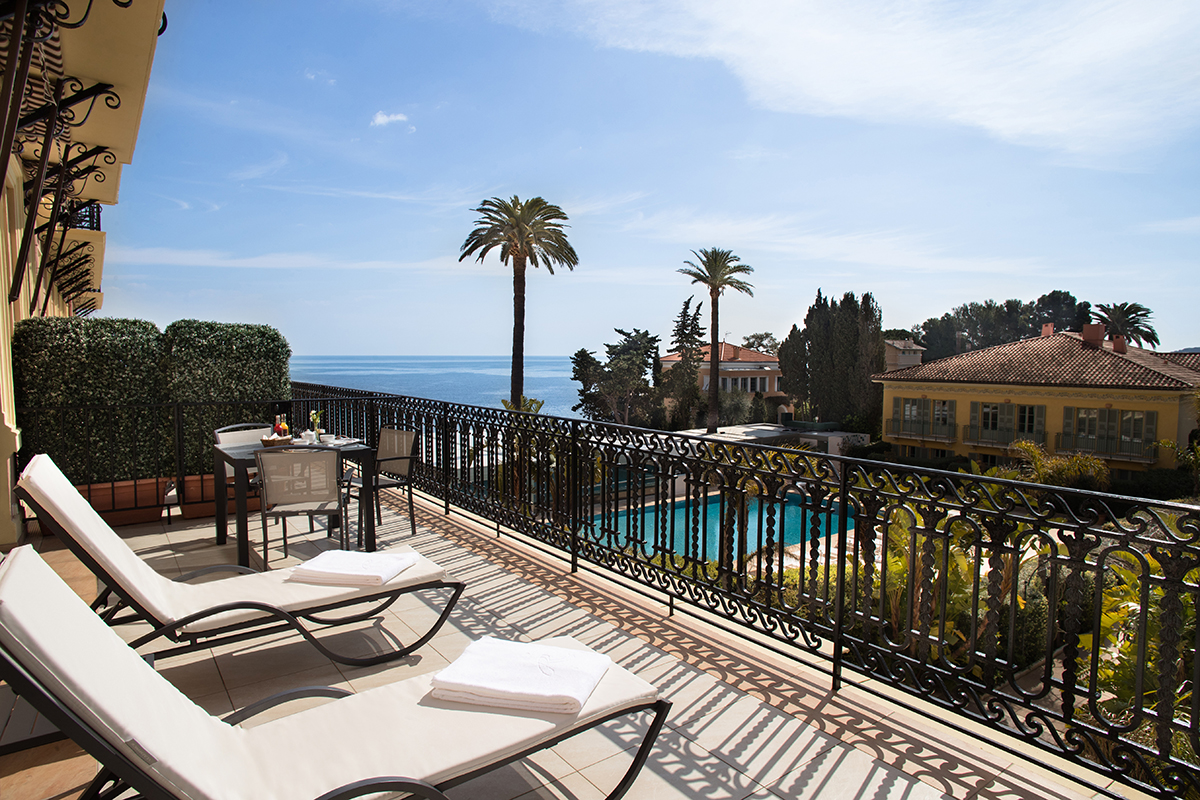





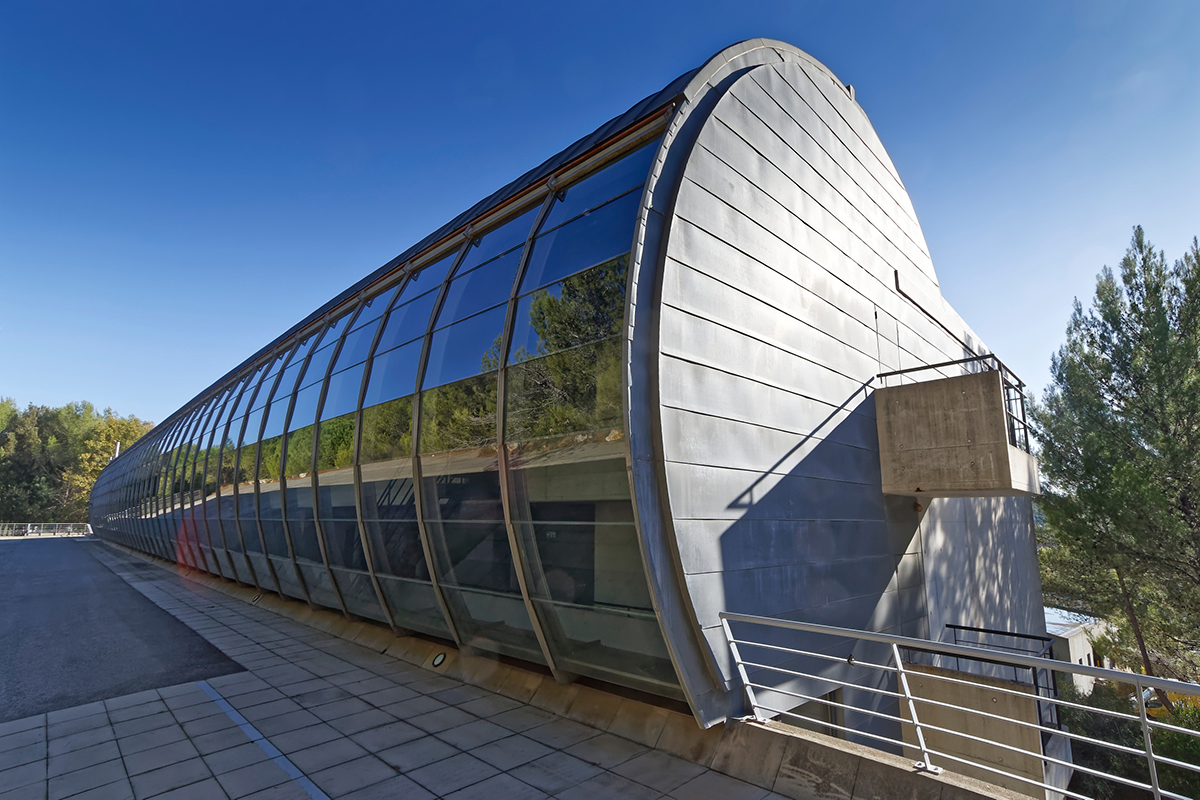

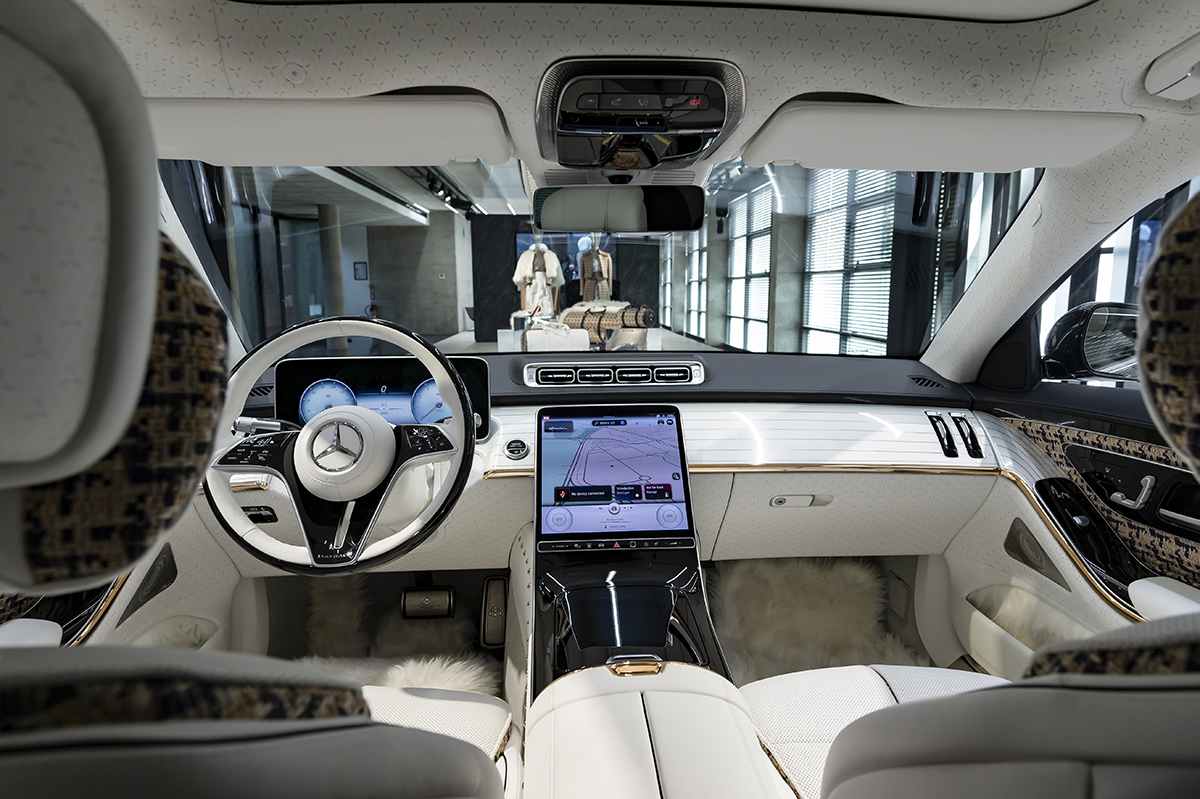

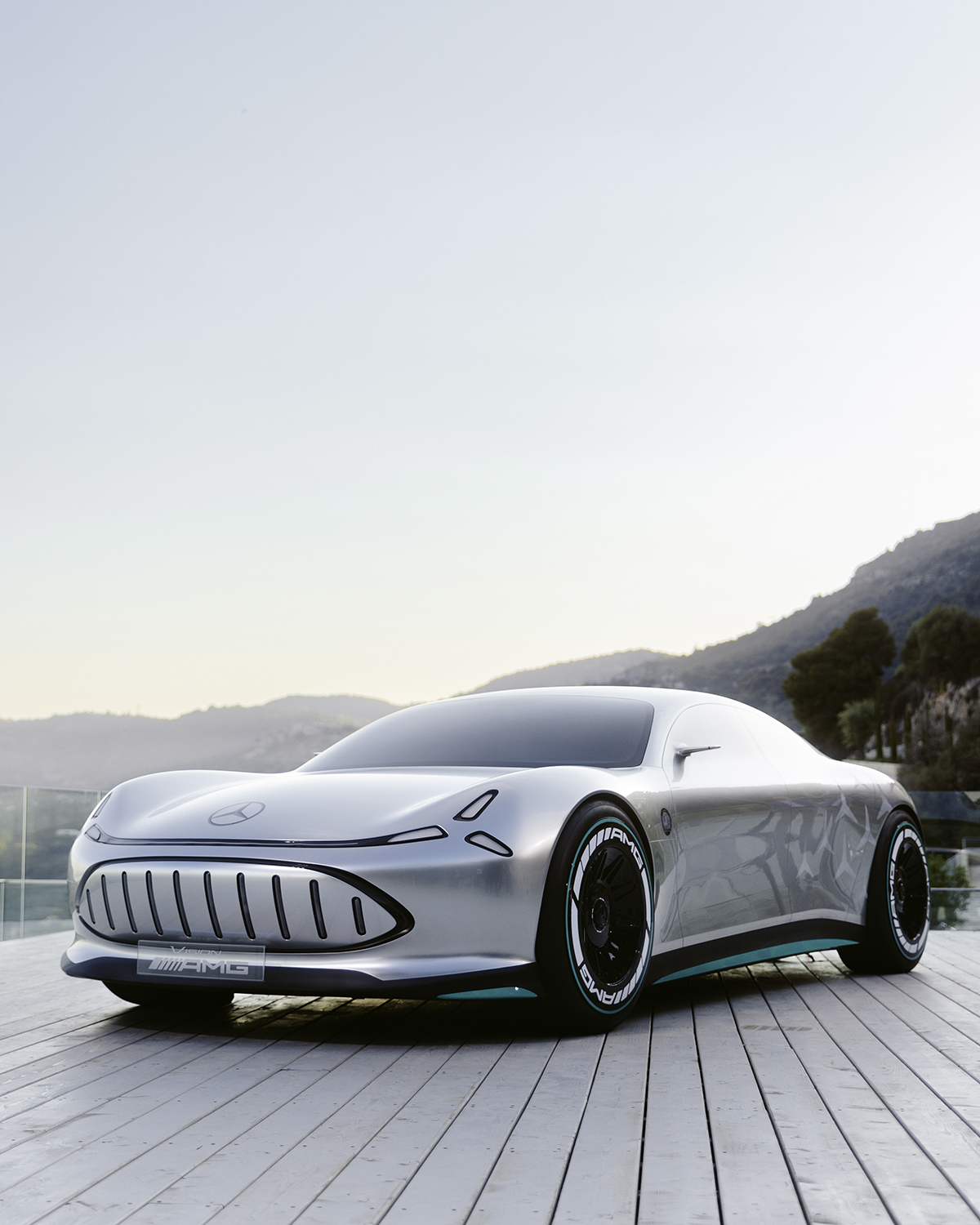








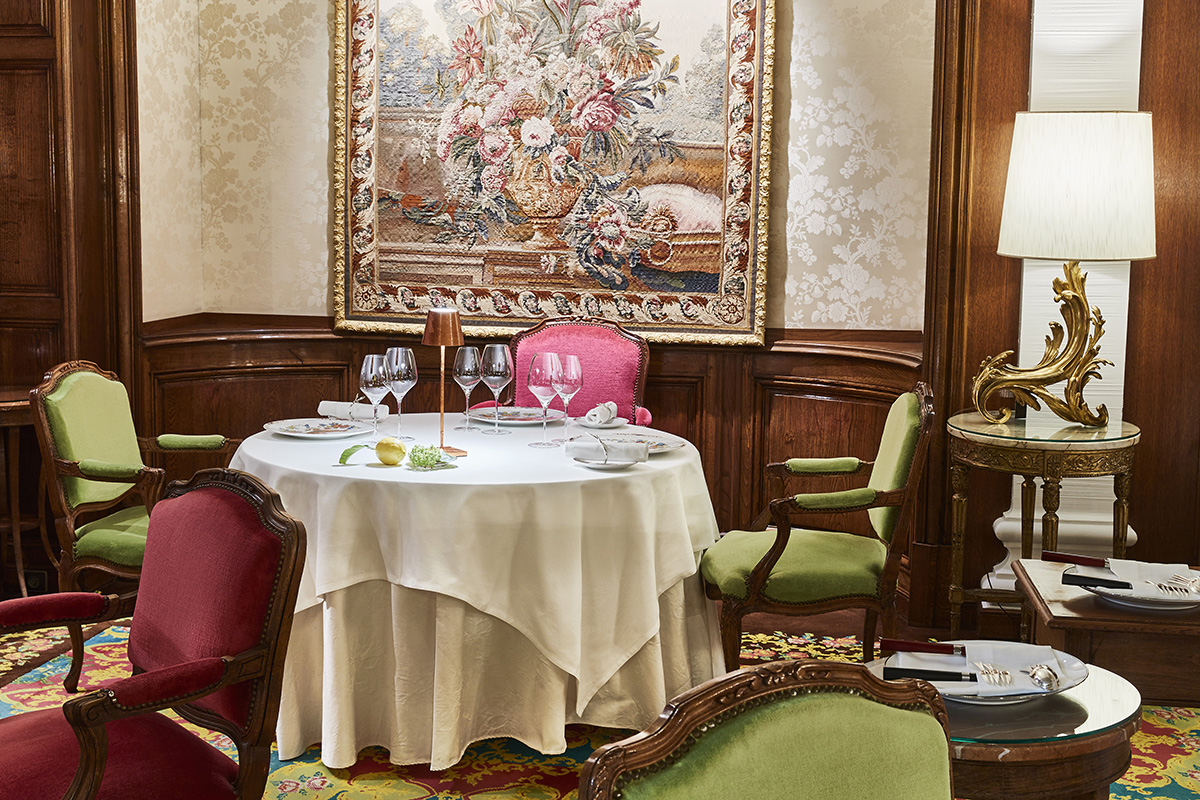
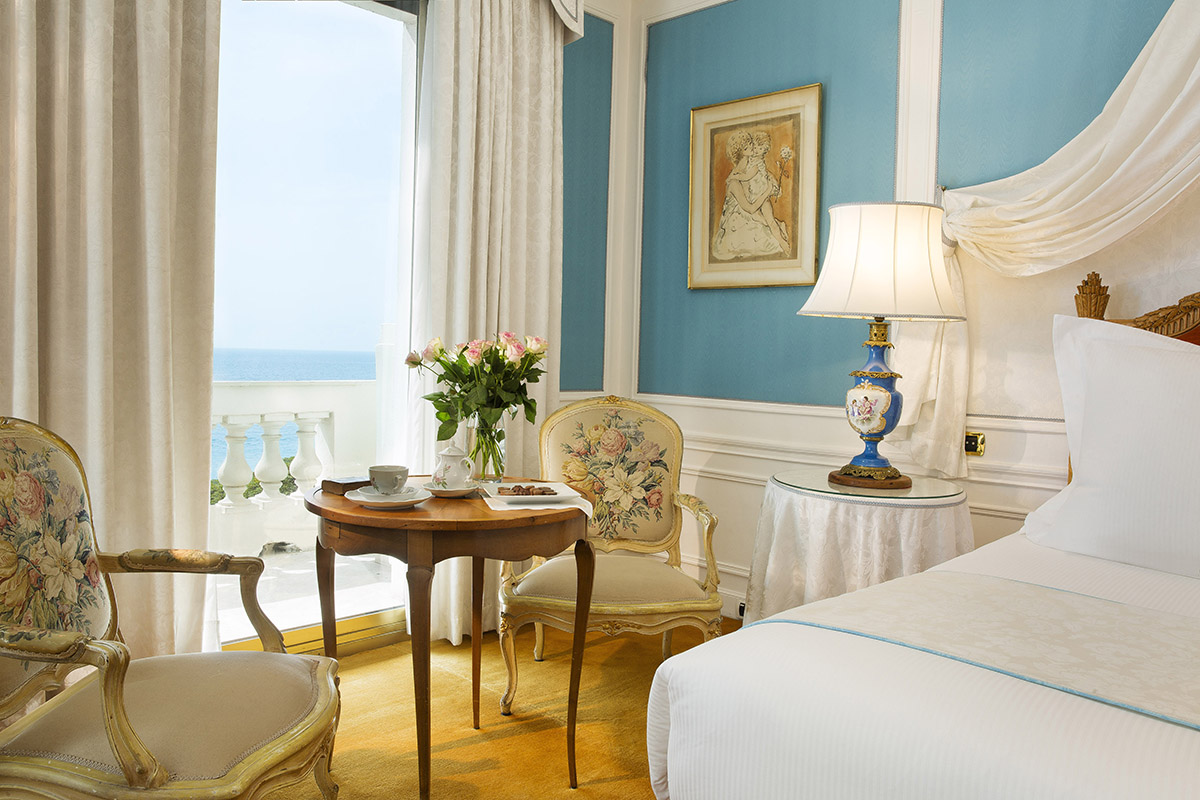





Recent Comments